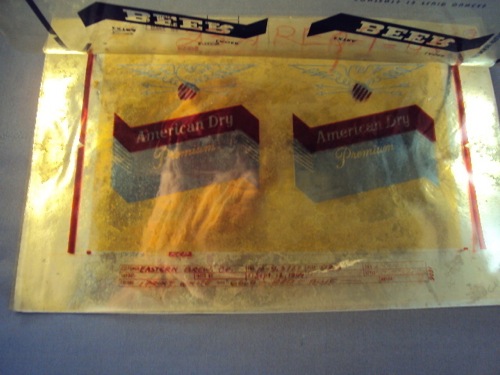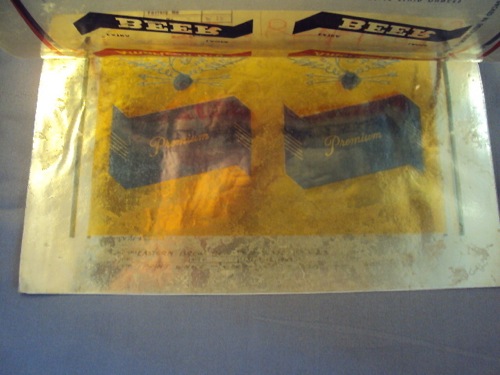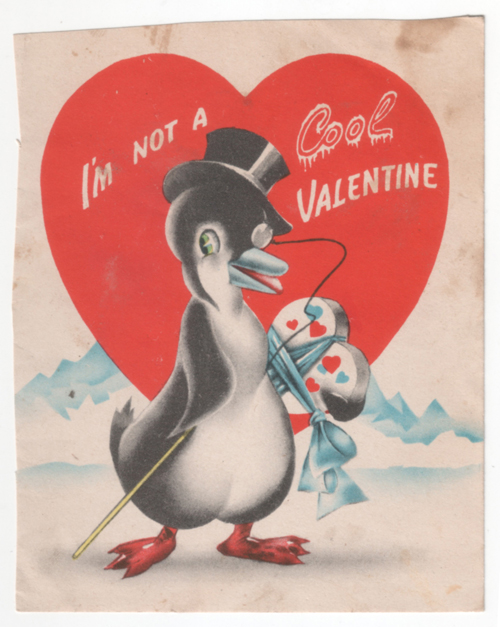In the past few years I’ve accumulated all sorts of bizarre saved eBay searches – things I’m interested in being emailed about whenever they are listed on eBay. This is because I am insane.
One of the more random searches I have saved is “Color separation” – these are the transparencies that were once used in full-color printing – often one sheet each for Cyan Yellow, Magenta and Black. I like them because looking at these color separation sheets both individually and within their shared context can serve as a nice, procedural narrative of the production of the final printed piece (See, I told you I’m insane. Further insanity: ‘separation’ is frequently misspelled as ‘seperation,’ so I have that search saved as well).
I’m generally obsessed with the artifacts of mechanical reproduction – but I’m also obsessed with comic books, so it works out nicely that what most frequently pops up under this search are comic book-related separations (Baseball / trading cards are also well represented). This past week, an interesting batch of separations were listed – beer labels. It looks like these were used in producing cans for a few regional / store brands, as well as a few I recognized (ie Schlitz).
That’s pretty much it – I just thought these were cool looking, and thought I’d post them: Pathmark, Brew II, Horlacher, Schlitz, American Dry.




